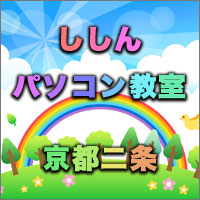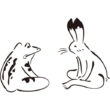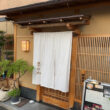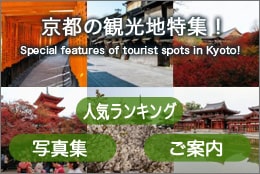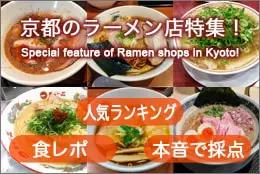広告
adsense4
Good morning!
This is Kurama Tengu( ̄▽ ̄)b.
“E” that is accompanied at the end of the sentence is mainly female language. It is used for example, “surue” or “kannnine”. Male use of this is a little weird (smile). Male say it by “de” or “yade” of Kansai dialect.
Kyoto language (female) → Okaasaneefukugyousankoutekyahattane
Kyoto language (male) → Okaasaneefukugyousankoutekyahattade
Standard language → My mother bought many good dresses.
Kyoto language (female) → Machigotesimotekannine
Kyoto language (male) → Machigotesimotekanninna
Standard language → I’m sorry for making a mistake.
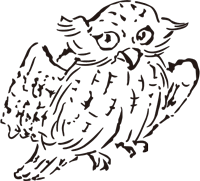
adsense2
Female who fully use this wording “e” in Kyoto are core Kyoto women.
I’m sad the wording like Kyoto is disappearing especially among the young, as school education now teaches children polite languages and humble languages that are written on textbooks. I think especially those who recognize themselves as Kyoto women should refer to the wording of elderly people who talk with clear Kyoto language.
Author
くらま天狗(Kurama Tengu)
Born and raised in Kyoto.
I like B-class gourmet food, and my favorite is Tenkaippin Ramen. (^o^)
I am good at making homepages and many other things.
